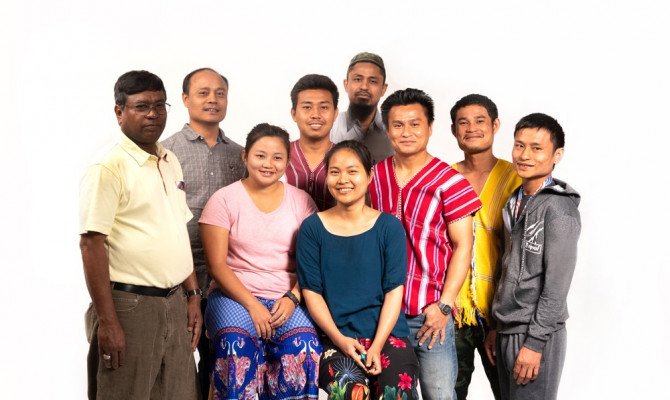Foreign Born Populations
-
40+languages spoken in the Utica City School District, which is as diverse as New York City
-
19.4%of the city’s population is foreign-born. This number was almost 30% at the height of the Italian migration in the 1900s.
-
29.2%of individuals in the city of Utica speak a language other than English at home.
Did you know that 1 in 4 homes in Utica are multilingual and multicultural? We are so excited you are here to learn more about the foreign-born populations of Utica! To learn more about which groups have resettled as refugees see our Arrivals sheet. To explore the ethnic community groups and faith-based institutions that have been established by our diverse community, visit our directory, which includes three mosques, multiple Buddhist temples, a Latino Association, a Hindu Association, a Somali Bantu Association, a Sudanese Association, and multiple Burmese ethnic associations.
Hungry? You have your choice of food — Bosnian, Vietnamese, Thai, Cambodian, Burmese, Dominican and more. The coolest part? A fellow immigrant or refugee probably owns the restaurant you are dining in.
The celebrations in Utica are endless and we invite you to celebrate with us every year! You have arrived in a city where you can celebrate Karen New Year, Orthodox Easter, Ramadan, and Diwali all in the same year!
The largest groups to have ever resettled to Utica include Bosnian, Burmese, Vietnamese, and individuals from the former Soviet Union.

